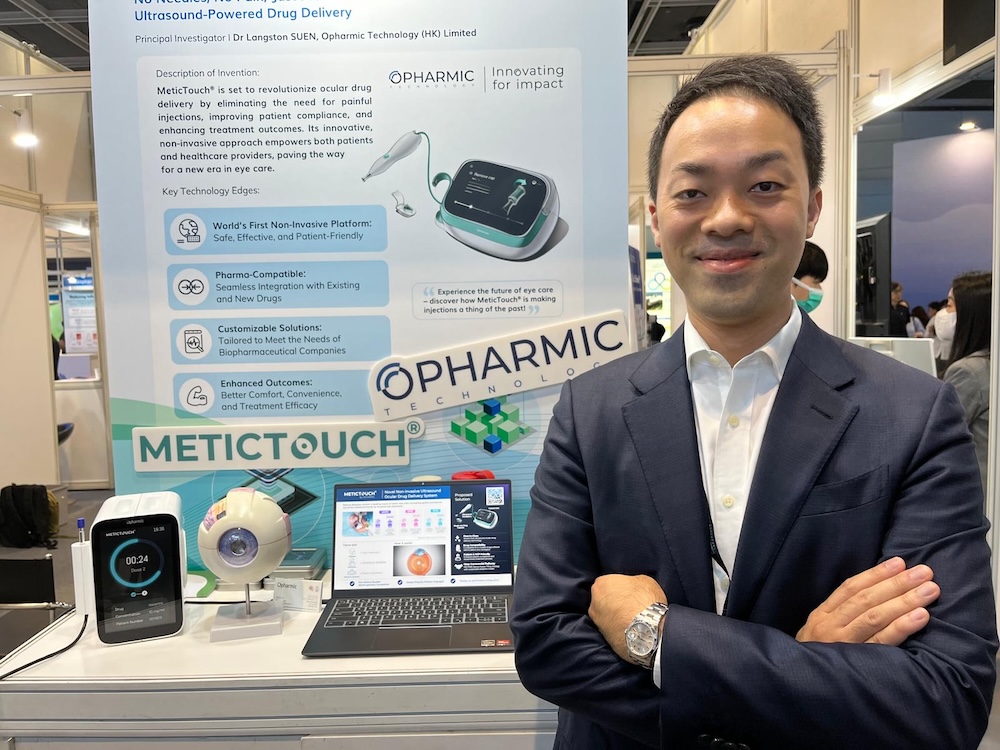How breakthrough could boost next generation of mental health drugs

A new study has revealed how a key serotonin receptor works, offering clues for developing faster, more targeted treatments for mental health conditions.
Researchers at the Icahn School of Medicine at Mount Sinai reported new findings on the 5-HT1A receptor – a key drug target for antidepressants and psychedelics – that help explain its molecular behaviour.
Despite its role in treating depression, anxiety and schizophrenia, this receptor has remained poorly understood.
The team found that the 5-HT1A receptor is inherently wired to favour certain cellular signalling pathways over others, regardless of the drug used to act on it.
However, drugs can still influence how strongly those pathways are activated.
For example, the antipsychotic asenapine (brand name Saphris) was found to selectively engage a particular signalling route due to its relatively weak activity at the receptor.
Dr Daniel Wacker, assistant professor of pharmacological sciences and neuroscience, said: “The receptor is like a control panel that helps manage how brain cells respond to serotonin, a key chemical involved in mood, emotion, and cognition.”
“Our findings shed light on how that control panel operates—what switches it flips, how it fine-tunes signals, and where its limits lie.
“This deeper understanding could help us design better therapies for mental health conditions like depression, anxiety, and schizophrenia.
The researchers used lab-grown cells and cryo-electron microscopy – an imaging method that captures molecular structures at near-atomic resolution – to observe how drugs interact with the receptor and its internal signalling proteins, known as G proteins.
Different signalling pathways governed by this receptor are linked to aspects of mood, perception and pain.
Understanding which pathways are activated, and how, may help design drugs that better target specific symptoms and reduce side effects.
First author Dr Audrey L. Warren is a former PhD student in Dr Wacker’s lab and now a postdoctoral researcher at Columbia University.
She said: “Our work provides a molecular map of how different drugs ‘push buttons’ on this receptor—activating or silencing specific pathways that influence brain function.
“By understanding exactly how these drugs interact with the receptor, we can start to predict which approaches might lead to more effective or targeted treatments and which ones are unlikely to work.
“It’s a step toward designing next-generation therapies with greater precision and fewer side effects.”
The researchers also identified a key role for a phospholipid – a type of fat molecule in cell membranes – in steering the receptor’s activity.
It is the first time such a function has been observed among more than 700 related receptors in the human body.
Current antidepressants often take several weeks to become effective. Researchers believe that a better understanding of 5-HT1A receptor signalling may help explain these delays and support development of faster-acting alternatives.






